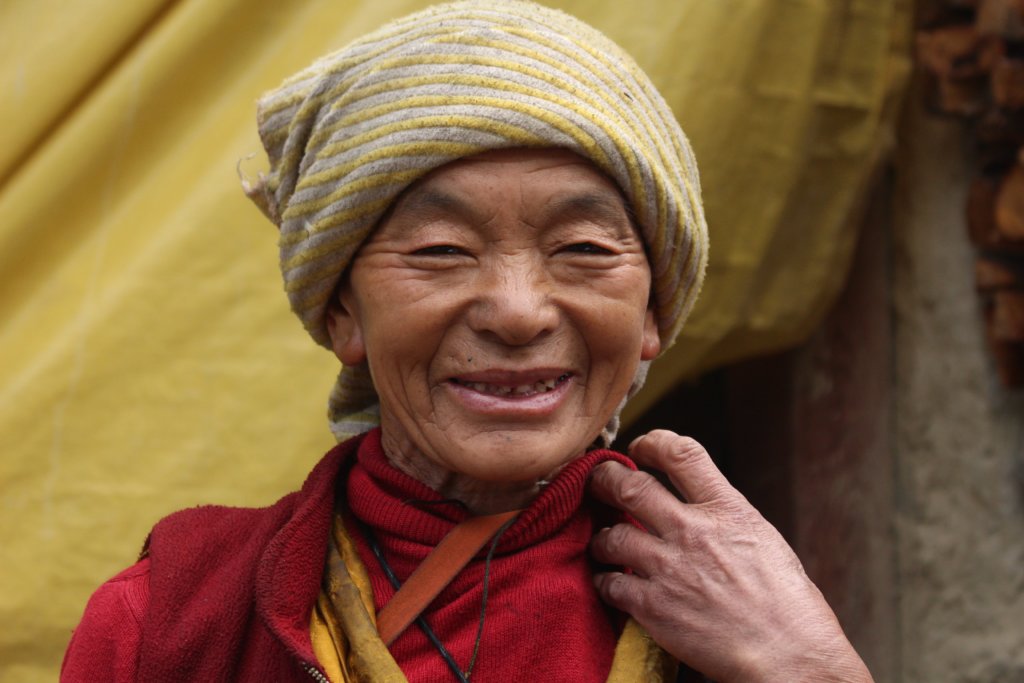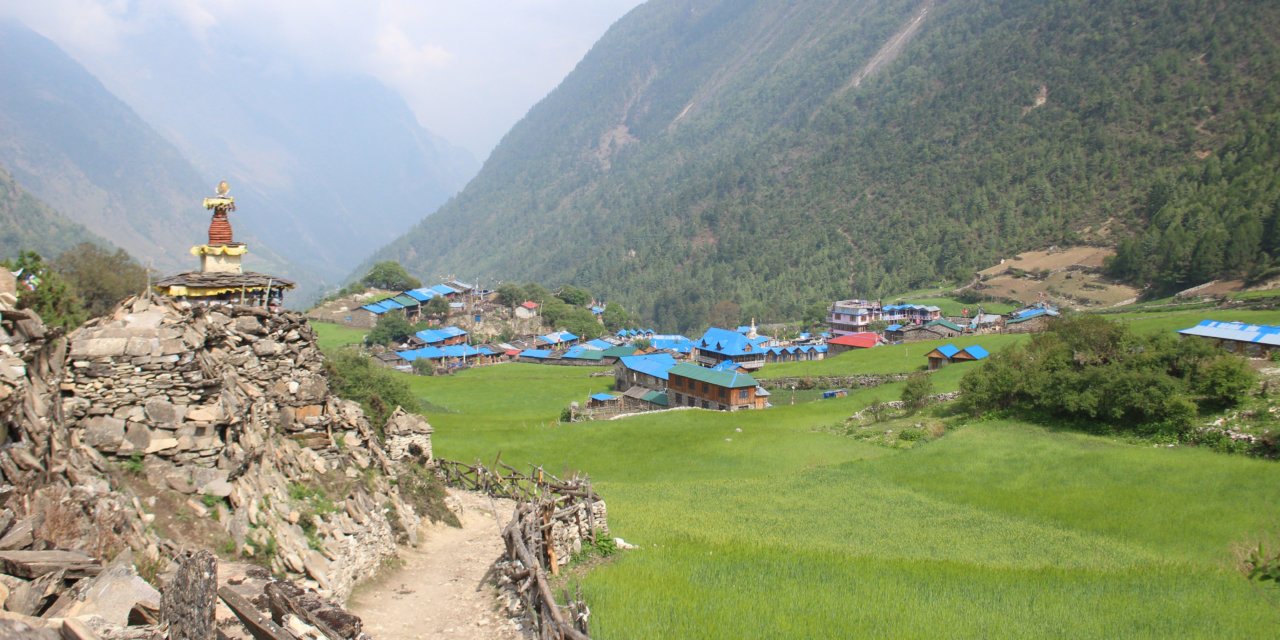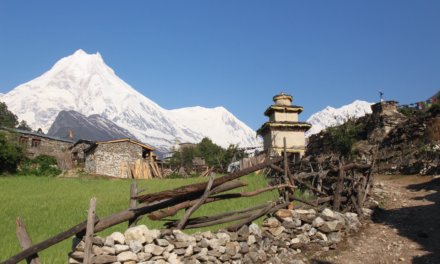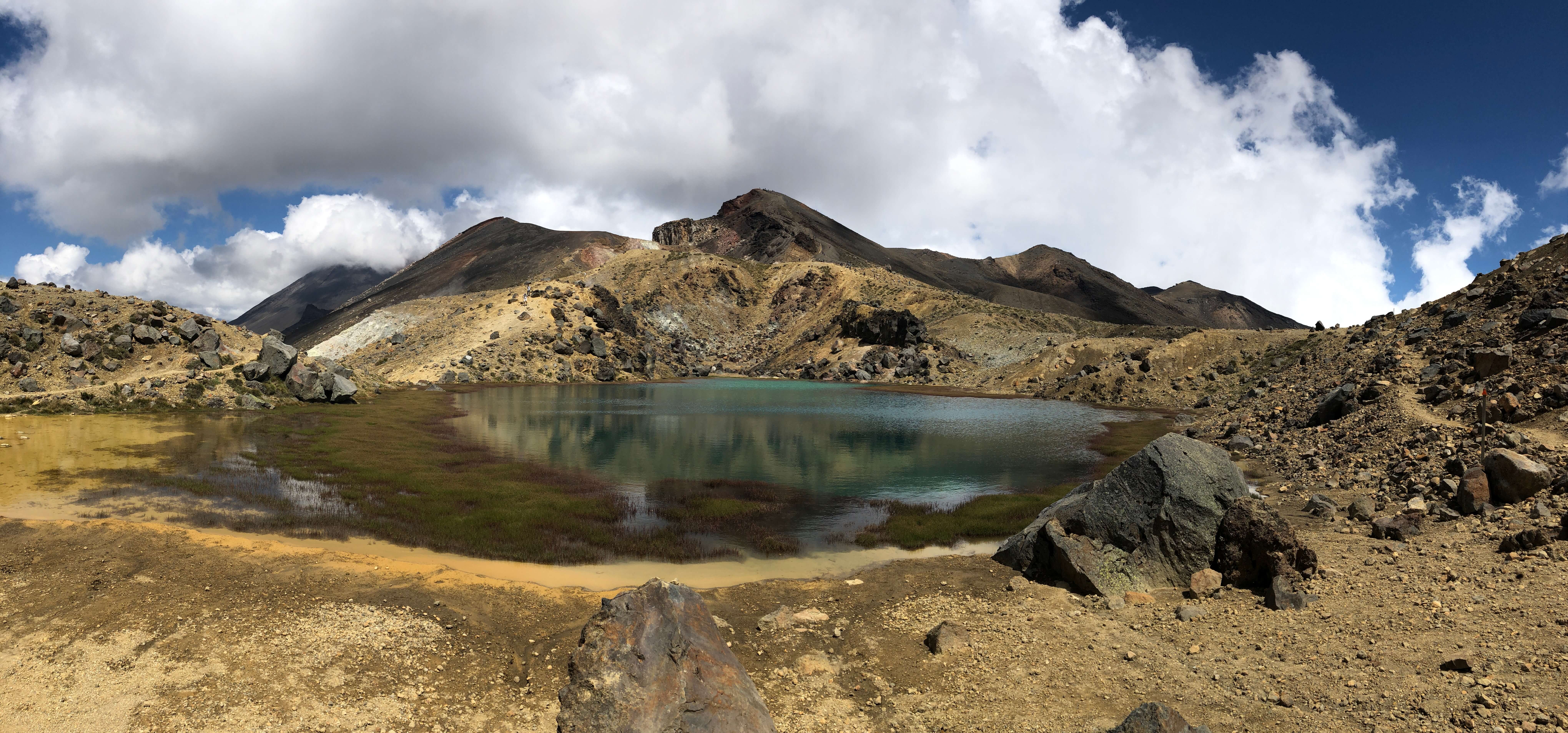I sat on the well-worn grass, a visitor on either side. One sported a Spiderman sweater and a smirk. Two streams of mucus poured from the other’s nose, a constant yet unacknowledged presence. I dealt, and they followed my lead, laying each card face up on the ground. With eight a piece, we readied to play. The game was Uno. The challenge was teaching it to two children in a language other than English.
“Rato,” I declared, looking to my friend for validation while pointing to the color of the top card. Gesturing to their spread, I repeated the Nepali word for red, encouraging the boys to find one that matched. “Ek,” I then stated, to show them they could also play a card that had a 1.
Spiderman somewhat, albeit slowly, picked up on the rules. But no matter how many hands we played, or hours that passed, neither fully grasped the game. I couldn’t understand why, as I’d run through all the numbers and colors repeatedly. My confusion persisted until our guide Kim returned to camp.

Approaching our group, she called out, “Namaste. Tapaiko naam ke ho?” Both looked up but offered no reply. A veteran of the Himalayas and this region, she deftly changed tact, asking, “Kayrang gi minglâ karay ray?” to which they simultaneously shouted their names. Cue my caricature light bulb flipping on. I’d forgotten exactly where I sat. In Nepal, true. But in Chumling specifically, and so, of course, they spoke Tibetan. I’d been teaching a game in a language neither of us knew.
I’d always wanted to visit Tibet, a country whose history, landscape, and culture spoke to me in ways no other destination ever had. So, this past January, I took my sister’s advice and signed up for a four-week tour exploring the Kharta Valley. Starting in Lhasa and ending at Everest Base Camp, I could almost picture what lay ahead, my excitement increasing with each passing day.
But, a mere week before the trip was to begin, China instituted a new mandate prohibiting any Nepali with a Tibetan name from entering the region. Almost half of the Kamzang Journeys’ staff fell into that category, which meant Tibet was a no go. Kim suggested an alternate route, guaranteeing equally beautiful landscape and rigor, but there’d be no Potala Palace, no hiking below the world’s tallest mountain, no Sakya Monastery.

Despite my devastation, it felt silly to cancel. I’d already made my way to the Himalayan region and knew I’d feel infinitely more depressed sitting at home. So, very reluctantly, feeling cheated and unenthused, I decided to forge ahead and join the group in Tsum Valley. Being a region of Nepal of which I’d never heard, I had no idea what awaited. All I wanted was to submerge myself in Tibetan culture. As a neighbor to the TAR, would I somehow encounter it in this unfamiliar valley, or would I have to wait years more to finally experience the country that had called to me for so long?
To find out who I met and what I learned, check out the full article on Intrepid Times.
Planning a trip to the Himalayas, consider visiting Tsum and Manaslu.





